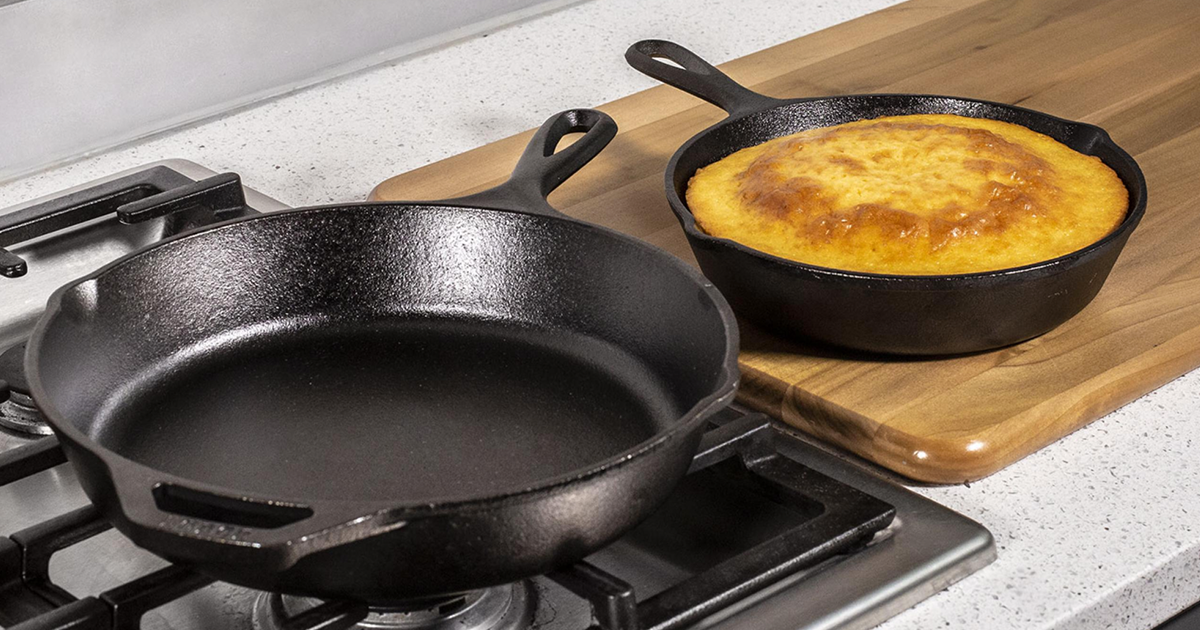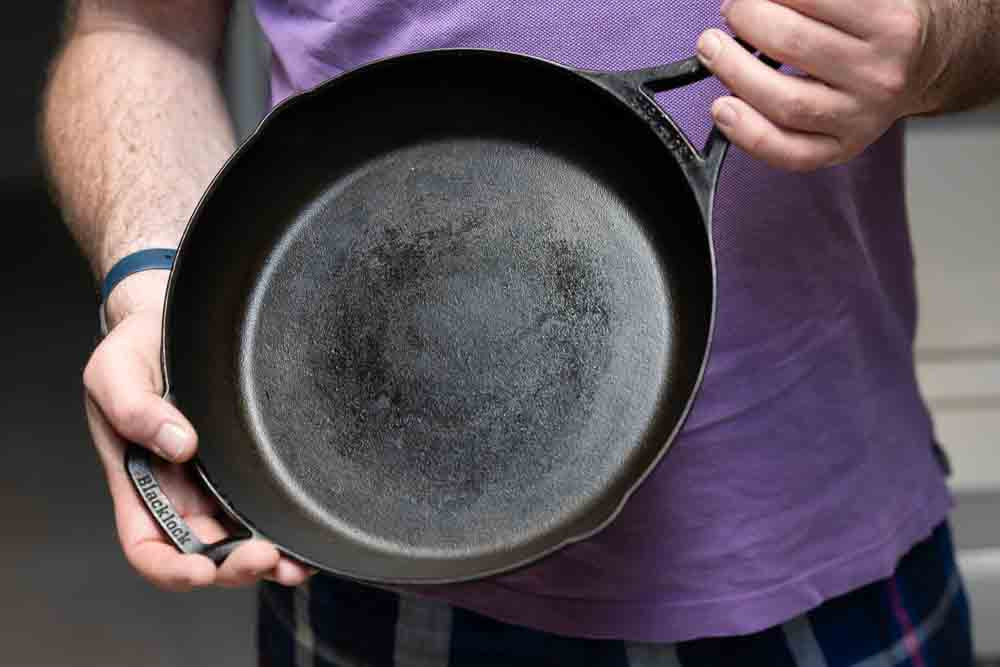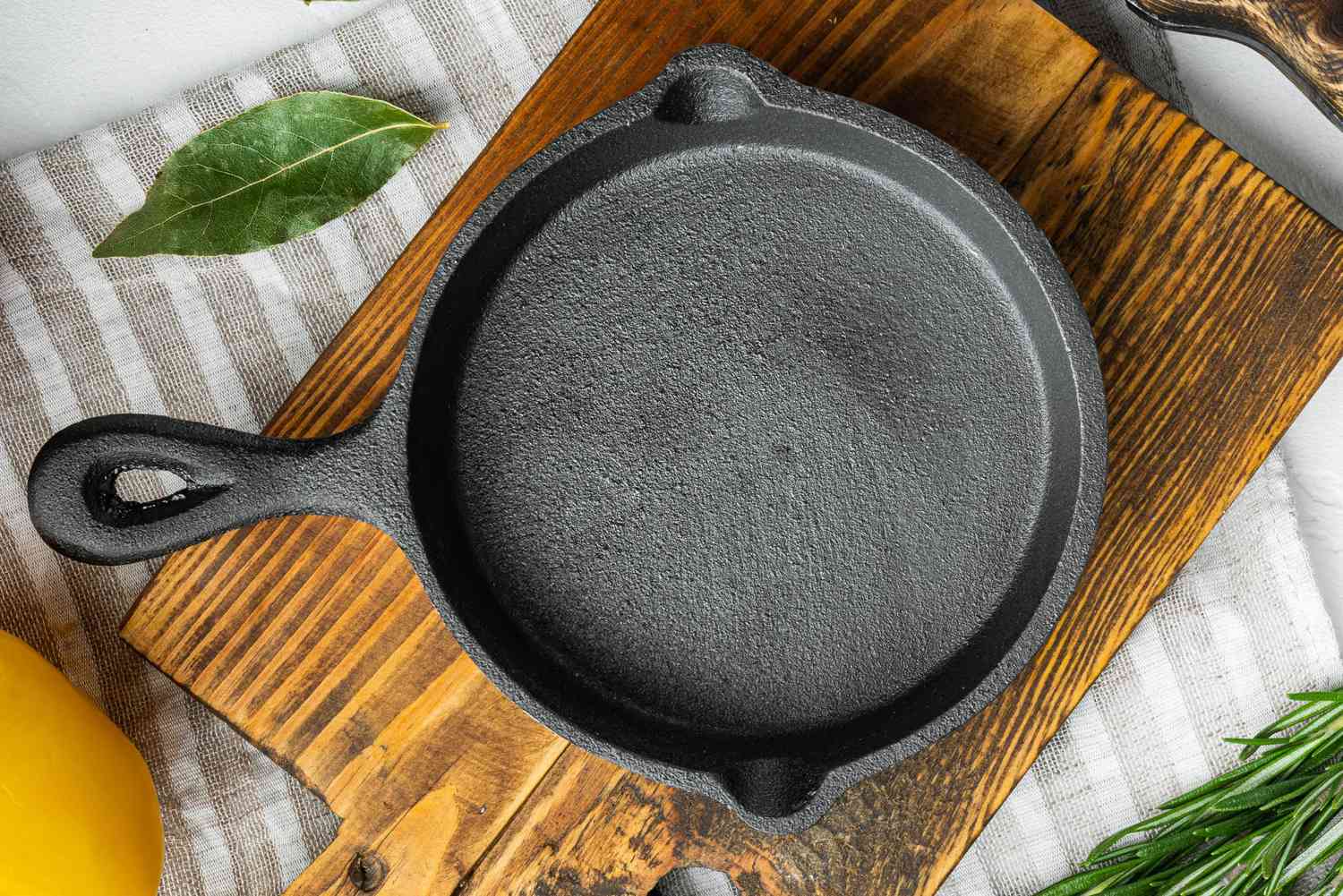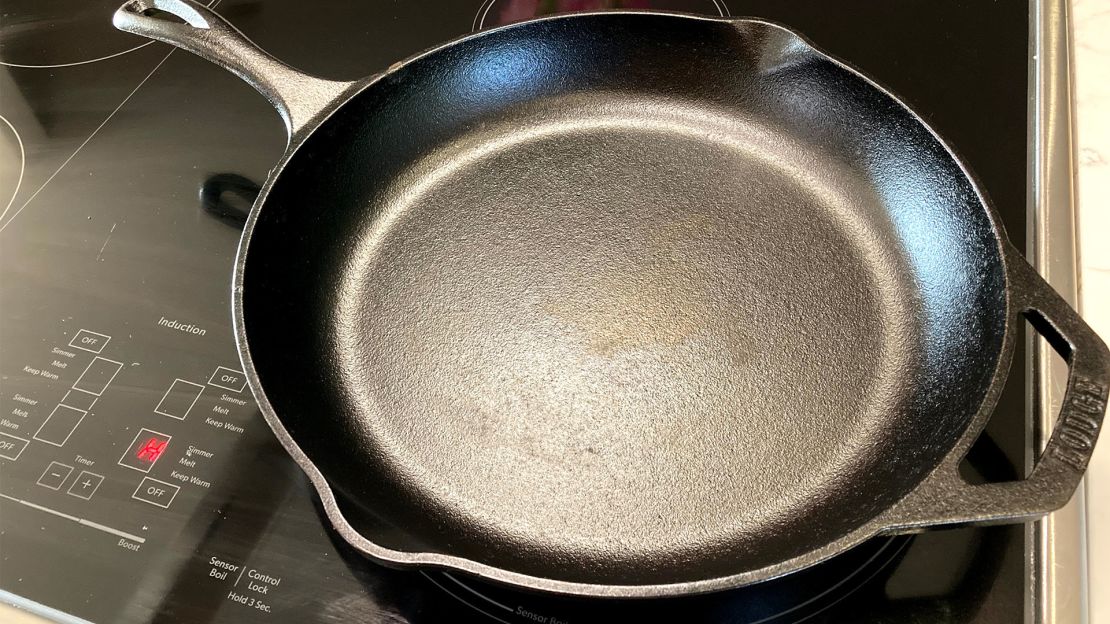When it comes to cooking, one of the most crucial skills a kitchen professional can possess is knowing how to season a cast iron skillet on a campfire. Not only does this enhance the flavor of your food, but it also ensures durability and longevity for your cookware. A well-seasoned cast iron skillet is a remarkable tool that can withstand the test of time and produce consistently delicious meals.
In this article, we will guide you through the extensive process of seasoning your cast iron skillet right over a campfire. This method is especially useful for outdoor chefs or those looking to embrace a more rustic cooking experience. Get ready to dive into some invaluable tips that will turn the art of seasoning into a life-changing routine for you!

Why Seasoning Matters
Seasoning cast iron cookware is not just a trend; it's an essential practice steeped in tradition. When done properly, it creates a natural, non-stick surface while preventing rust. Plus, seasoning enhances the flavor of your food by forming a protective layer over the skillet. Let's take a closer look at these tremendous advantages.
- Durability: A seasoned skillet can last for decades.
- Flavor enhancement: Adds a unique depth of flavor to your cooking.
- Non-stick surface: Prevents food from sticking, making cooking and cleanup easier.
- Rust prevention: Helps to protect your skillet from moisture and corrosion.
Necessary Equipment for Seasoning on a Campfire
Before you start, gather all the necessary tools to ensure a smooth process. Here's a list of what you'll need:
- A cast iron skillet that needs seasoning
- High smoke point oil, such as flaxseed or vegetable oil
- A campfire or portable grill
- Aluminum foil
- A heat-resistant glove
- A clean cloth or paper towels
Step-by-Step Guide on How to Season a Cast Iron Skillet
Now that you understand the importance of seasoning and have gathered your equipment, lets explore how to season your skillet.
Step 1: Start with a Clean Skillet
To begin, ensure that your cast iron skillet is clean. If it's previously used, you might need to refer to guides on cleaning cast iron. You want to remove any old food residue, rust, or stuck-on grease. Use a stiff brush and hot water, avoiding soap if possible. Dry the skillet thoroughly afterwards.
Step 2: Prepare Your Campfire
Set up your campfire or portable grill about 30 minutes prior to seasoning. Aim for medium heat; a fire that is too hot will cause damage to your skillet.
Step 3: Applying Oil
Once your skillet is clean, use a paper towel to apply a thin layer of oil to the entire surface of your skillet, including the handle and the bottom. Make sure that you do not leave any excess oil, as this can lead to a sticky skillet.
Step 4: Heating the Skillet
Place the oiled skillet upside down over the campfire or grill to allow the oil to bond with the iron as it heats. This is a crucial process; listen to your skillet while ensuring that it doesnt overheat or smoke excessively. Let it heat for about 30 to 45 minutes.
Step 5: Check for Proper Seasoning
After your skillet has spent some time over the fire, remove it using your heat-resistant glove. Check the surface; it should have a rich, dark color indicating effective seasoning. If it appears too light, you can repeat the process as needed.
Step 6: Let it Cool
Finally, let your skillet cool down completely before handling it further. Once cooled, it is ready for storage or immediate use!
Common Problems and Solutions
Even the most careful chefs can encounter issues when seasoning a cast iron skillet.
Sticky Surface
This is usually caused by applying too much oil during the seasoning process. If your skillet feels sticky, it may require re-seasoning by starting over and applying a thinner layer of oil.
Pitting or Rust
Rust can occur if the skillet hasn't been dried thoroughly or left uncovered. To remedy this, scrub it off with steel wool and re-season.
Uneven Coloring
To achieve an even color, ensure you're heating the skillet evenly over the flames, rotating it to prevent hot spots.
Maintaining Your Seasoned Skillet
Once you have successfully seasoned your cast iron skillet, maintaining that finish is vital. Avoid washing it in a dishwasher and stick to hand-washing with hot water only. For tough food residues, scrub with coarse salt and a paper towel.
After every use, apply a light coat of oil to protect the seasoned surface. Storing it in a dry place will also help prevent rust from forming.

FAQs
1. How often should I season my cast iron skillet?
You should season your skillet when it appears dull, dry, or has begun to rust. Generally, this is after multiple uses or after washing.
2. Can I use olive oil for seasoning?
While olive oil can technically be used, it has a lower smoke point compared to other oils like flaxseed or grapeseed oil, which are preferred for seasoning.
3. Is it necessary to season a new cast iron skillet?
Most new cast iron skillets come pre-seasoned, but its still a good idea to season them at home before first use for optimal performance.
To assist you further, check out this insightful guide from Real Simple for more information.
As an Amazon Associate, I earn from qualifying purchases.






Leave a comment
This site is protected by hCaptcha and the hCaptcha Privacy Policy and Terms of Service apply.